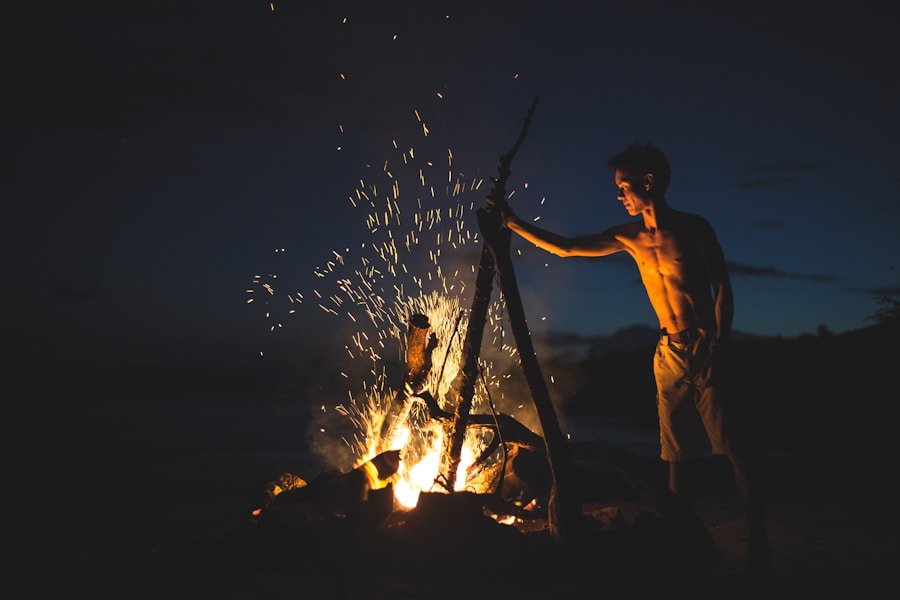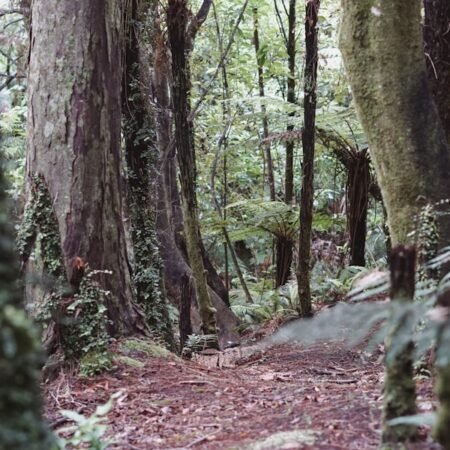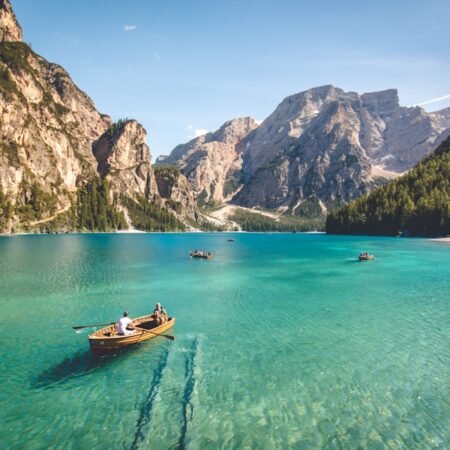Camping can be a thrilling and fulfilling adventure, but safety should always be the top priority when venturing into the wilderness. For novice campers, there are several vital safety considerations to bear in mind. Firstly, thorough research and planning are essential.
This involves gaining familiarity with the camping area, understanding local wildlife and potential hazards, and checking the weather forecast. Furthermore, it is crucial to pack the necessary supplies and equipment, including a first aid kit, navigation tools, and sufficient food and water. It is also vital to inform someone of your camping plans and expected return date in case of an emergency.
Another critical aspect of camping safety for beginners is adhering to Leave No Trace principles. This involves minimizing environmental impact by properly disposing of waste, staying on designated trails, and respecting wildlife. Additionally, it is essential to acquire basic camping skills, such as setting up a tent, building a campfire, and cooking outdoors.
By being prepared and knowledgeable, novice campers can ensure a safe and enjoyable camping experience.
Key Takeaways
- Always let someone know your camping plans and expected return time
- Pack a first aid kit and know how to use it
- Research the area and know the potential risks and wildlife
- Have a plan for emergencies and know how to signal for help
- Follow fire safety guidelines and always have a way to extinguish a fire
Wilderness Safety: What to Know Before You Go
Before heading into the wilderness, it’s crucial to have a thorough understanding of the potential risks and challenges that may arise. One of the most important aspects of wilderness safety is to be aware of the local wildlife and their behaviors. This includes knowing how to safely coexist with animals, such as storing food properly and keeping a safe distance from wildlife.
It’s also important to be aware of any potential hazards in the area, such as poisonous plants, steep terrain, or extreme weather conditions. In addition to understanding the local environment, it’s important to have a solid grasp of basic navigation skills. This includes knowing how to read a map and use a compass, as well as understanding how to navigate using natural landmarks.
It’s also important to have a communication plan in place, whether it’s through a satellite phone, two-way radios, or signaling devices. By being well-informed and prepared before heading into the wilderness, campers can minimize the risks and ensure a safe and enjoyable outdoor experience.
How to Prepare for Emergencies in the Great Outdoors
While no one wants to think about emergencies while camping, it’s essential to be prepared for any unexpected situations that may arise. One of the most important aspects of preparing for emergencies in the great outdoors is to have a well-stocked first aid kit. This should include essential items such as bandages, antiseptic wipes, pain relievers, and any necessary medications.
It’s also important to have a basic understanding of first aid techniques, such as treating cuts and burns, managing insect bites, and recognizing signs of heat exhaustion or hypothermia. In addition to having a first aid kit, it’s important to have a plan in place for communication and seeking help in case of an emergency. This may include carrying a satellite phone or personal locator beacon, as well as knowing the emergency contact information for the area you’ll be camping in.
It’s also important to inform someone of your camping plans and expected return date, so they can alert authorities if you don’t return as planned. By being prepared for emergencies and having a plan in place, campers can ensure their safety in the great outdoors.
Campsite Safety: Setting Up and Securing Your Camp
| Topic | Metrics |
|---|---|
| Wildlife Safety | Number of wildlife encounters |
| Weather Conditions | Temperature, precipitation, wind speed |
| Campsite Security | Number of theft incidents |
| First Aid Preparedness | Number of first aid kits available |
| Fire Safety | Number of fire incidents |
Setting up and securing your campsite is an essential aspect of camping safety. When choosing a campsite, it’s important to select a location that is level, free from potential hazards such as falling branches or rockslides, and at a safe distance from bodies of water. It’s also important to set up your tent properly, ensuring that it is stable and secure in case of strong winds or rain.
When setting up your campsite, it’s also important to properly store food and garbage to minimize the risk of attracting wildlife. In addition to setting up your campsite safely, it’s important to be mindful of fire safety. This includes choosing a safe location for your campfire, keeping it at a manageable size, and never leaving it unattended.
It’s also important to have a plan in place for managing campsite fires, such as having a bucket of water or fire extinguisher on hand. By taking the necessary precautions when setting up and securing your campsite, you can ensure a safe and enjoyable camping experience.
Wildlife Safety: How to Coexist with Animals in the Wilderness
When camping in the wilderness, it’s important to be mindful of wildlife safety in order to coexist peacefully with animals. One of the most important aspects of wildlife safety is to properly store food and garbage to minimize the risk of attracting animals to your campsite. This includes using bear-proof containers or hanging food from a tree at a safe distance from your camp.
It’s also important to keep a clean campsite by properly disposing of waste and not leaving any food scraps behind. In addition to properly storing food and garbage, it’s important to keep a safe distance from wildlife and avoid feeding or approaching animals. This includes being mindful of potential encounters with larger animals such as bears or mountain lions, as well as smaller animals such as raccoons or squirrels.
It’s also important to be aware of any potential wildlife hazards in the area, such as venomous snakes or insects. By being respectful of wildlife and taking the necessary precautions, campers can ensure their safety while coexisting with animals in the wilderness.
Fire Safety: Preventing and Managing Campsite Fires
Campsite fires can provide warmth, light, and a means for cooking while camping, but it’s crucial to prioritize fire safety in order to prevent accidents and minimize the risk of wildfires. When building a campfire, it’s important to choose a safe location that is clear of any flammable materials such as dry grass or leaves. It’s also important to clear a perimeter around the fire pit and have a source of water nearby in case of an emergency.
When starting a campfire, it’s essential to use only designated fire rings or pits, never leaving the fire unattended, and fully extinguishing it before leaving your campsite. In addition to preventing campsite fires, it’s important to have a plan in place for managing fires if they do occur. This may include having a bucket of water or fire extinguisher on hand, as well as knowing how to properly smother a fire with dirt or sand.
It’s also important to be aware of any fire restrictions or bans in the area you’ll be camping in and following all regulations accordingly. By prioritizing fire safety and being prepared for emergencies, campers can ensure their safety while enjoying the benefits of a campfire in the wilderness.
Navigation and Communication: Staying Safe and Connected in the Wilderness
Staying safe and connected in the wilderness requires having solid navigation skills and effective communication tools. When venturing into the wilderness, it’s crucial to have a map and compass on hand and know how to use them effectively. This includes understanding how to read topographic maps, identify natural landmarks, and navigate using compass bearings.
It’s also important to have a backup navigation plan in place, such as using GPS devices or smartphone apps. In addition to navigation tools, it’s important to have effective communication methods while camping in the wilderness. This may include carrying a satellite phone or two-way radios for emergencies, as well as signaling devices such as whistles or signal mirrors.
It’s also important to inform someone of your camping plans and expected return date so they can alert authorities if you don’t return as planned. By prioritizing navigation skills and effective communication methods, campers can ensure their safety and stay connected while exploring the great outdoors. In conclusion, camping safety is essential for an enjoyable outdoor experience.
By following these essential camping safety tips for beginners, understanding wilderness safety before heading into the great outdoors, preparing for emergencies, setting up and securing your campsite safely, coexisting with wildlife respectfully, prioritizing fire safety, and staying connected through navigation and communication methods, campers can ensure their safety while enjoying all that nature has to offer. With proper preparation and knowledge, camping can be a rewarding experience that allows you to connect with nature while staying safe in the wilderness.
FAQs
What are the most important safety tips for camping in the wilderness?
Some important safety tips for camping in the wilderness include informing someone of your plans, packing essential supplies, knowing the local wildlife and plants, and being prepared for emergencies.
What should I do if I encounter a wild animal while camping?
If you encounter a wild animal while camping, it’s important to remain calm, make yourself appear larger, back away slowly, and avoid making direct eye contact. It’s also important to never approach or feed wild animals.
How can I prevent accidents while camping in the wilderness?
To prevent accidents while camping in the wilderness, it’s important to stay aware of your surroundings, follow safety guidelines for activities such as hiking and swimming, and properly maintain camping equipment.
What should I do in case of a medical emergency while camping?
In case of a medical emergency while camping, it’s important to have a first aid kit on hand and know basic first aid procedures. If the situation is serious, it’s important to seek help from emergency services as soon as possible.
What are some essential items to pack for a safe camping trip?
Some essential items to pack for a safe camping trip include a first aid kit, plenty of water, a map and compass, extra clothing, a flashlight, and a multi-tool. It’s also important to pack enough food and to be prepared for changes in weather.













